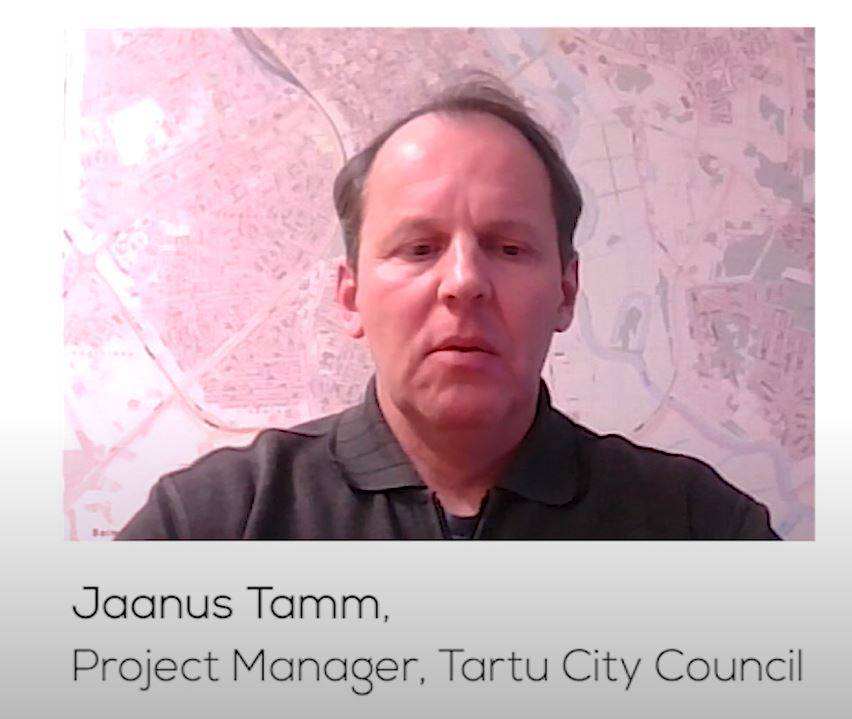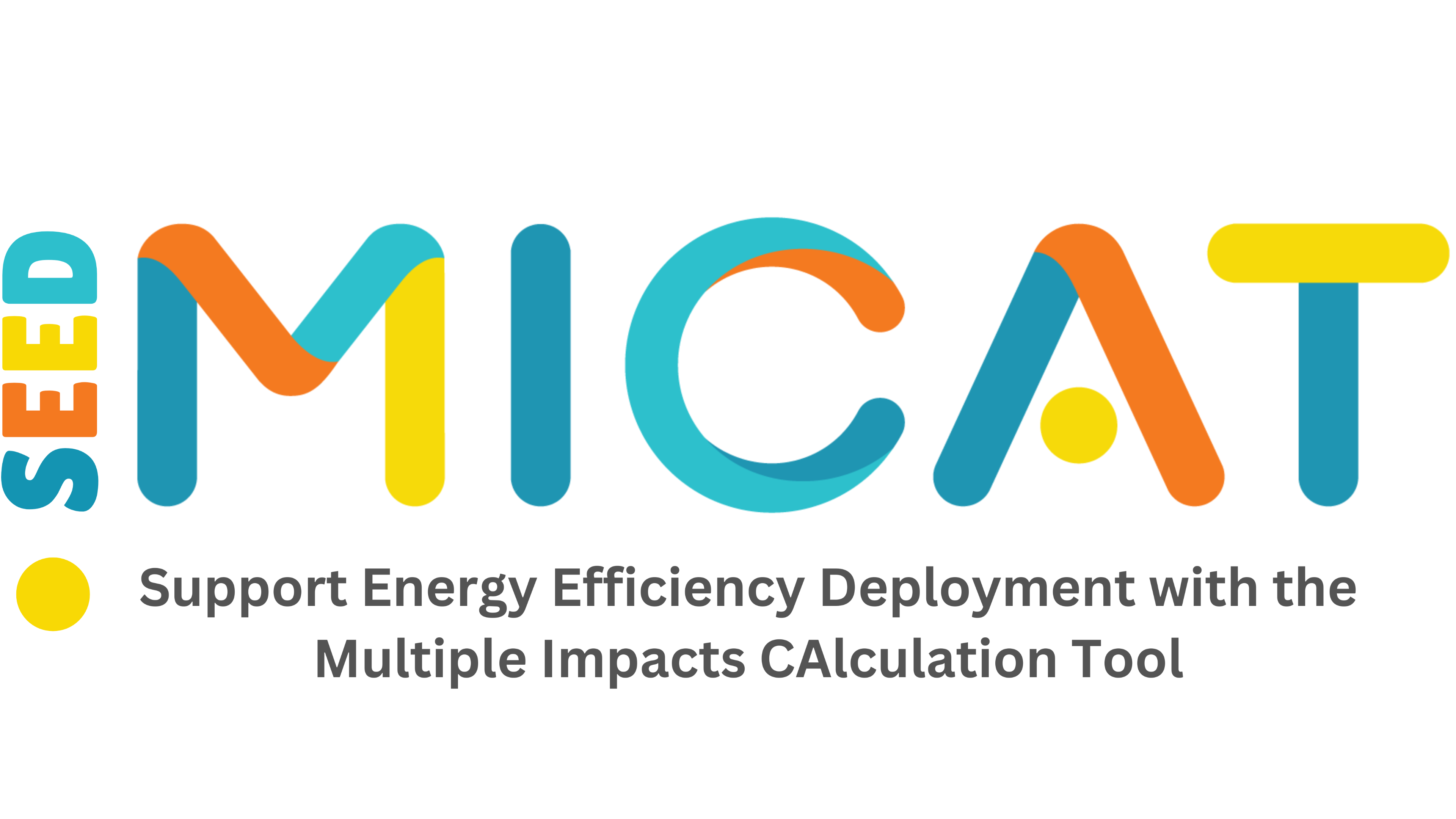Tartu, Estonia


Path towards sustainability | milestones
Tartu City signed the Aalborg Charter in 1995 and adopted Tartu Agenda 21 three years later, a document reflecting the principles and aspirations for sustainable urban development. Tartu became a member of ICLEI – Local Governments for Sustainability in 1997. The municipality is also a member of the Lighting Urban Community International ( LUCI ) network (2012) and the Covenant of Mayors (2014).
Tartu submitted its first Sustainable Energy Action Plan (SEAP) for 2015-2020 in 2015. In April 2021, the municipality approved the Sustainable Energy and Climate Action Plan 2020-2030 (SECAP) including updated goals and strategies until 2030. Locally, Tartu is currently developing the new City Masterplan 2040+, which includes ambitious goals for sustainable development in the city. The strategy is anticipated to be accepted in September 2021. Tartu’s public transport system became 100% carbon neutral in 2021.
Sustainable Energy and Climate Action Plan (SECAP)
Tartu’s Sustainable Energy Action Plan (SEAP): 2015-2020 included three strategic objectives: to reduce CO2 emissions, to consume less energy, and to increase the share of renewable energy sources in the energy mix from 38% in 2010 to 45% in 2020. The main objective of the plan is to achieve carbon neutrality at latest by 2050.
In April 2021 the municipality approved the Sustainable Energy and Climate Action Plan (SECAP) “Tartu Energia 2030+”, which includes updated objectives and strategies to reach them by 2030. The city is committed to reach climate neutrality by 2050, reduce CO2 emissions by 40% by 2030 compared to 2010, and to use 100% renewable energy in the municipal sector, for example, in city-owned buildings, street lighting, and public transport. Tartu also wants to increase both renewable energy production and consumption, make greater efforts toward climate adaptation, as well as to deepen cooperation with European cities to reach climate neutrality and participate in various European initiatives, including the European Commission’s Mission for “100 Climate neutral cities by 2030 – for and by citizens”. The SECAP was developed together with citizens through in-person and online consultations.
relevant energy-related processes
Energy efficiency: The city invests in making municipal buildings and facilities more energy efficient. It develops energy efficiency measures for constructing, renovating and managing buildings. It cooperates with Tartu Region Energy Agency in raising awareness and educating citizens on changing their energy behaviour, as well as participates in many energy-saving projects. As a part of the Horizon 2020 SmartENCity project, Tartu City is running a pilot that aims to renovate the old Soviet-era apartment buildings in the downtown Khrushchyovkas area into energy-efficient and modern houses. Eighteen buildings have been already renovated and equipped with solar panels to produce renewable energy. The apartments were also supplied with a smart home system that enables data exchange and monitoring.
Renewable energy: Tartu also supports and invests in a variety of renewable energy sources, particularly solar energy. City supported the construction of a cooling station that produces and supplies cooling for buildings through using cold water from the Emajõgi River. This “natural” cooling system is estimated to reduce traditional cooling energy costs by roughly 90%, and can reduce CO2 emissions by 70%. Since 2017, the investment has expanded: a second cooling station was built in another city area and the cooling network for the whole city is currently under construction. The city’s heating system is almost entirely based on renewable energy. The Tartu power station uses mostly local fuels, 80% of which comes from renewable biomass (woodchips). It also generates heat and electricity at the same time which reduces fossil fuel use and is more energy efficient. Tartu develops the biogas production based on sewage sludge and organic waste.
Transport: Tartu’s public transport runs entirely on renewables. All city buses run on biogas, and the Tartu’s Smart Bike Share bicycles are powered with electricity generated from renewable resources.
Lighting: In recent years, the city of Tartu has also made its street lighting more economical and environmentally friendly. On streets with higher traffic, nearly 1,500 lights have been replaced (10-11% of the total number of street lights), more than half of which are radio-controlled LED lamps. By the end of 2022, around 4,000 lighting points will be ren-ovated, at which point at least 30% of public lighting will be renovated.
Education: Tartu City is organising various campaigns and trainings to raise awareness and change energy behaviour of citizens.
Key Challenges
- Increase the share of renewable energy in the city’s energy mix: electricity generated from non-renewable sources comprises the largest share of the city’s current carbon emissions
- Introduce renewable fuels in connection with important services procured by the city, such as waste transport and street maintenance
- Develop a comprehensive approach, including a financing strategy, to retrofit apartment buildings and improve their energy efficiency
- Engage the private sector in energy efficiency projects and investments: support environmentally and climate-friendly entrepreneurship
- Raise awareness about energy efficiency benefits among citizens
- Engage in actions against energy poverty
- Develop a convenient network of bicycle paths
- Implement an environmentally friendly and smooth public transport system
- Further develop coherent recreation areas and green network
- Implement IT solutions to ensure the well-being of Tartu residents
- Ensure a safe living environment, including adaptation to climate change and mitigation of climate damage
- Ensure access to quality services for people in sparsely populated areas
Tartu in the MICAT project
Tartu City is interested in exploring multiple benefits of energy efficiency to make better informed decisions and develop relevant strategies and action plans for the city. The municipality is especially interested in the correlation between energy efficiency investments and emission reduction. It also wants to understand the impacts of energy efficiency measures on GDP, energy savings, and the public budget. Recently, Tartu also started to focus on the topic of energy poverty. The city wants to explore how energy efficiency measures can minimize and/or eliminate the problem of energy poverty.




